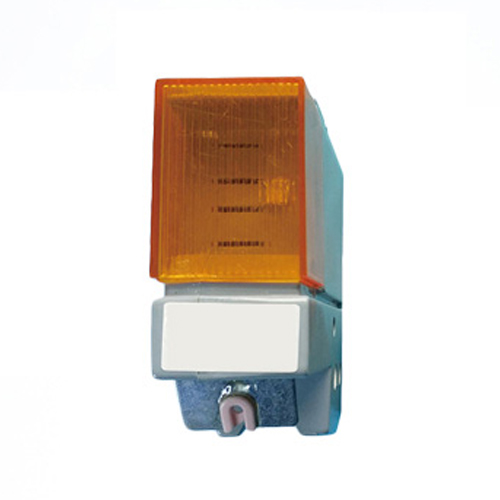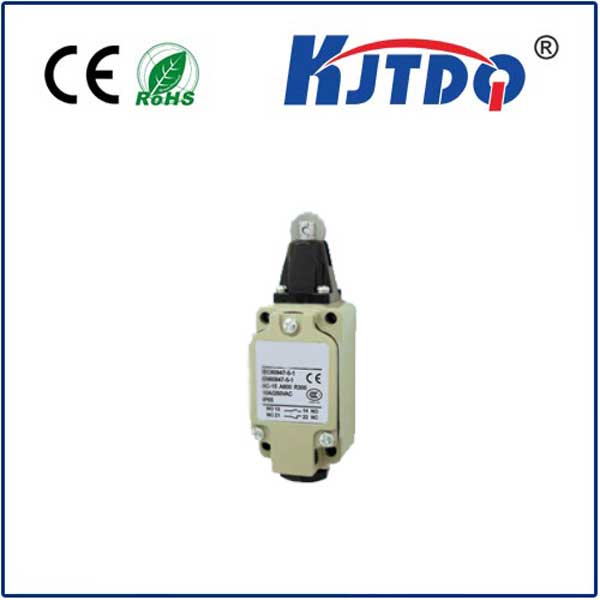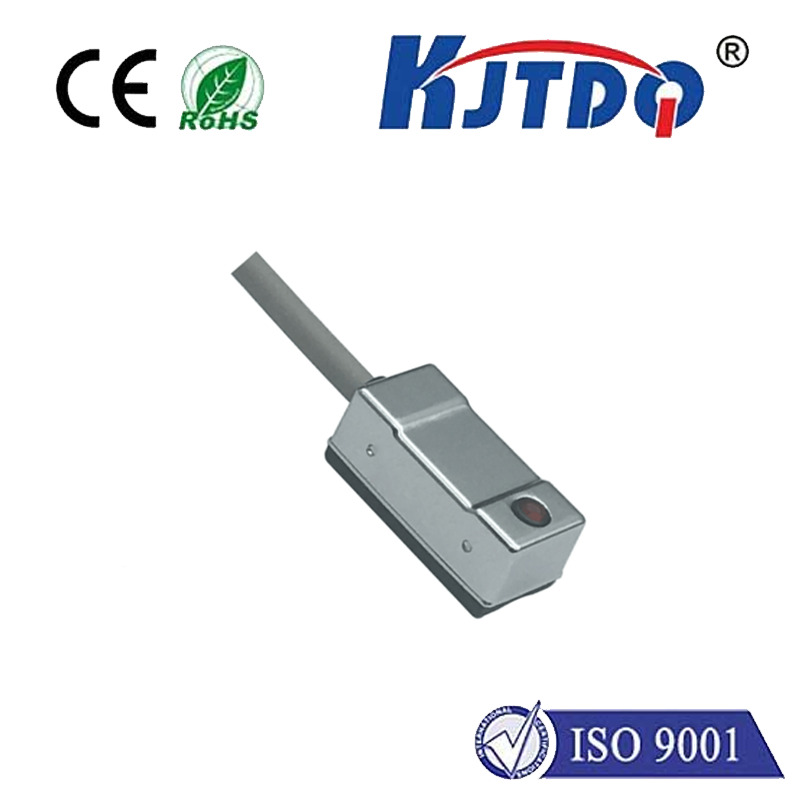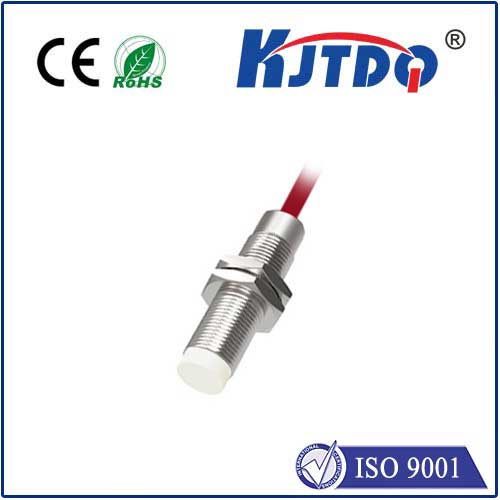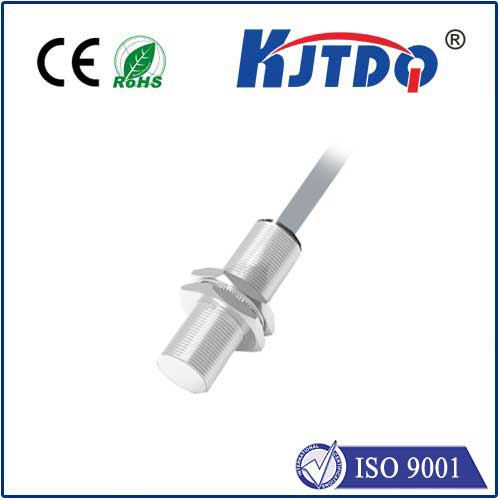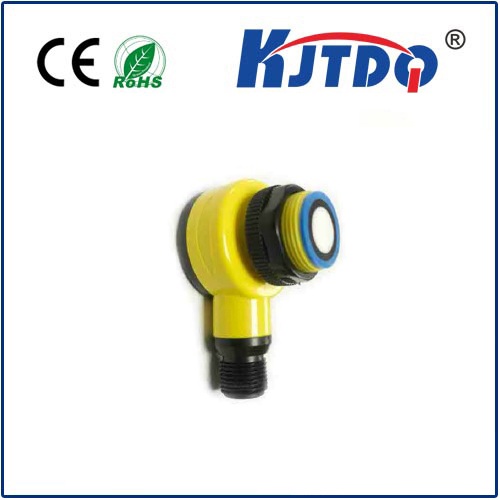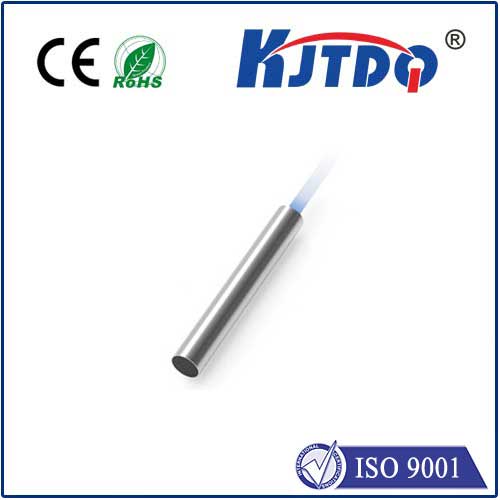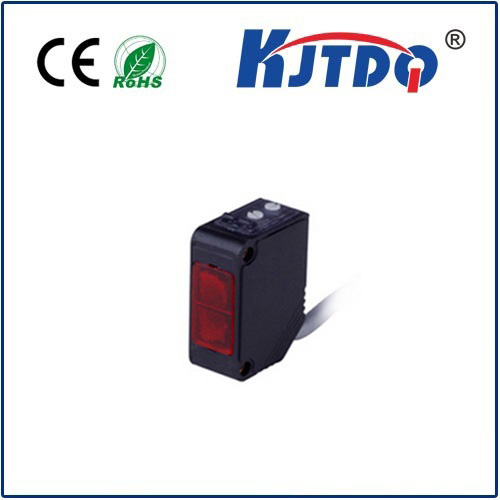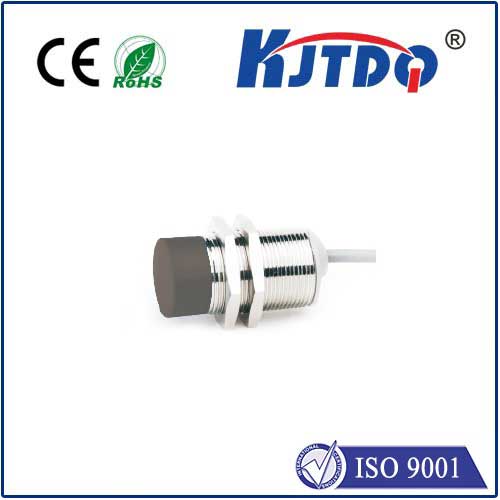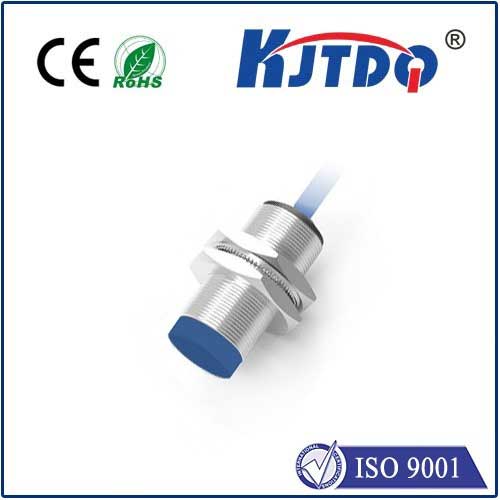лазерный отражатель
- time:2025-08-27 12:45:37
- Нажмите:0
The Guiding Light: How Laser Reflective Sensors Power Precision Detection
Imagine a self-checkout counter seamlessly registering items, a paper machine flawlessly tracking high-speed material, or a cobot arm safely halting inches from a human. What invisible guardian enables such feats of automation and safety? Often, the answer lies in the sophisticated simplicity of the лазерный отражатель. These photoelectric workhorses are fundamental to countless modern processes, offering non-contact, high-precision detection across diverse industries. This article dives into their operation, strengths, and the vast applications they enable.
At its core, a laser reflective sensor operates on a beautifully straightforward principle: emit light and detect its reflection. But its elegance lies in refined execution. The sensor integrates two key components within a single housing: a laser diode emitter and a light-sensitive receiver (typically a phototransistor or photodiode). Here’s the breakdown:

- Emission: The sensor emits a highly focused, coherent beam of laser light towards the target area. This focused beam provides significant advantages over diffuse LED light sources: longer sensing ranges, superior precision for small object detection, and minimal interference from ambient light.
- Reflection: When this laser beam strikes an object within its detection range, light is reflected back towards the sensor. The amount and angle of reflection depend on the object’s surface properties (color, texture, material) and distance.
- Reception: The integrated receiver component detects the reflected light energy.
- Processing & Output: Internal circuitry within the sensor analyzes the intensity of the reflected light received. Based on a pre-set threshold, the sensor determines if an object is present (sufficient reflection) or absent (insufficient reflection). This decision triggers a digital output signal (e.g., ON/OFF, PNP, NPN, or analog variations) to control connected machinery, PLCs, or indicator systems.
Key Advantages Driving Adoption
Laser reflective sensors excel due to several compelling benefits:
- Non-Contact Sensing: They detect objects without physical touch, eliminating wear and tear on both the sensor and the target, crucial for delicate items or high-speed processes.
- High Precision & Resolution: The concentrated laser beam allows for detecting very small objects, precise edge detection, and accurate positioning with resolutions often down to micrometers. This precision is vital in semiconductor manufacturing and microelectronics.
- Long Sensing Ranges: Compared to standard diffuse photoelectric sensors, laser types offer significantly longer working distances, sometimes exceeding 10 meters or more, enabling detection in larger spaces.
- Excellent Response Speed: Capable of detecting objects moving at very high speeds, essential in packaging lines, material handling, and robotics.
- High Contrast Recognition: Laser sensors are remarkably effective at detecting differences in color, texture, or surface characteristics due to their focused beam and strong signal return. They excel at distinguishing objects with similar colors but different reflectivity.
- Compact Design: Integrating emitter and receiver into one unit simplifies installation and alignment compared to through-beam sensors requiring separate components on opposite sides.
Understanding the Triangulation Principle
While the basic principle seems simple, most modern laser reflective sensors rely on optical triangulation for distance measurement or precise positioning, especially important in contrast sensors or those measuring distance. Here’s how it works:
- The laser beam is emitted at a specific angle towards the target.
- The reflected light bounces back, but the angle at which it returns to the receiver changes based on the object’s distance.
- The receiver lens focuses the reflected spot onto a position-sensitive detector (PSD) or a CCD/CMOS array. The position where the light spot lands on this detector is directly proportional to the distance of the target from the sensor.
- By precisely measuring this spot position relative to the fixed baseline formed by the emitter and receiver geometry, the sensor’s electronics calculate the target’s distance with high accuracy.
Where Laser Reflective Sensors Shine: Real-World Applications
Their versatility makes laser reflective sensors indispensable across numerous sectors:
- Object Detection & Counting: Detecting presence/absence of parts on conveyors, counting items (bottles, packages, pills) on high-speed lines, verifying component placement on PCBs.
- Precision Positioning: Accurately positioning robot arms, gantries, CNC tools, or web materials (paper, film, foil) during processing.
- Level Detection & Monitoring: Controlling fill levels in tanks or silos (using reflective media or float targets), monitoring stack heights.
- Dimension Verification: Measuring object heights, widths, diameters, or checking for warpage or thickness variations.
- Automated Guided Vehicles (AGVs) & Mobile Robots: Navigation, obstacle detection, position correction using reflective markers on the floor or walls.
- Packaging Machinery: Ensuring carton flap closure, detecting labels, controlling film sealing, verifying product orientation.
- Printing & Paper Processing: Web guiding, edge detection, splice detection on rolls, tension control.
- Safety Light Curtains: Enhanced versions utilize synchronized arrays of laser reflective sensors to create invisible safety barriers around hazardous machinery.
Choosing the Right Sensor: Factors to Consider
Selecting the optimal лазерный отражатель requires careful consideration of your application:
- Sensing Distance: Determine the maximum operating range needed.
- Target Characteristics: Consider size, color, surface texture (shiny, matte, transparent), and material. Shiny targets reflect strongly; dark, matte, or transparent objects require sensors specifically designed for low reflectivity.
- Required Output: Digital (ON/OFF), analog (proportional to distance), or specialized outputs like IO-Link for data communication?
- Environmental Conditions: Exposure to dust, moisture, chemicals, or extreme temperatures? Ensure the sensor’s IP rating (Ingress Protection) is adequate. Industrial environments often demand IP67 or higher.
- Response Time & Precision: How fast must the sensor detect the object? What level of positioning accuracy is critical?
- Supply Voltage: Compatibility with your control system’s voltage (e.g., 10-30V DC).
From enabling the pinpoint accuracy demanded by modern manufacturing to safeguarding personnel on the factory floor, laser reflective sensors are a cornerstone of industrial automation and beyond. Their blend of precision, speed, reliability, and non-contact operation makes them an incredibly versatile solution, transforming light into actionable intelligence that drives efficiency and innovation across the technological landscape. Understanding their operation and capabilities unlocks their potential to solve complex sensing challenges reliably.

